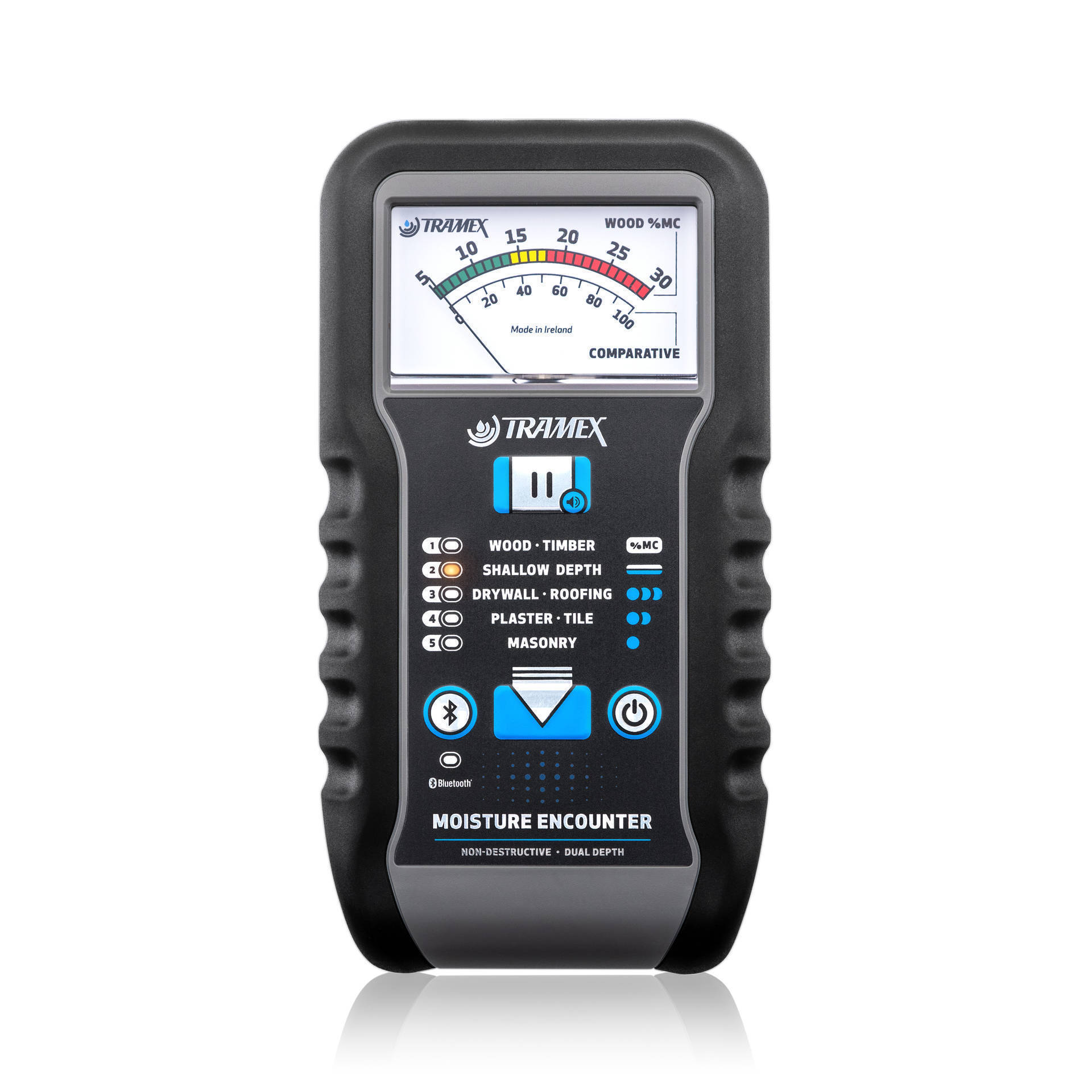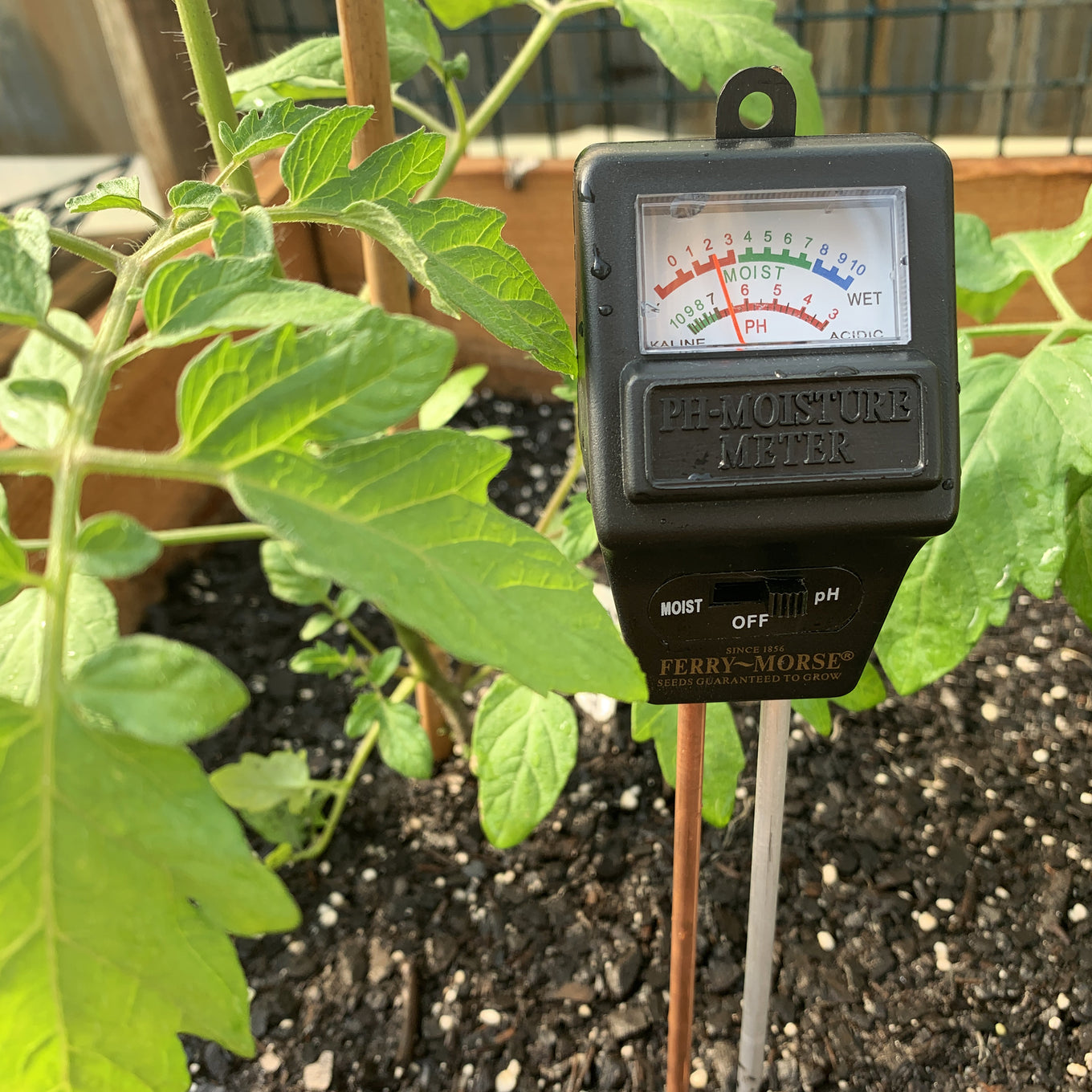Just how to Utilize a Moisture Meter to Find Covert Water Damages in Your Residential property
Just how to Utilize a Moisture Meter to Find Covert Water Damages in Your Residential property
Blog Article
Explore the Globe of Dampness Meters: Everything You Required to Know
In the world of dampness meters lies a globe of accuracy and practicality that often goes unnoticed. Recognizing just how moisture meters operate, the various types offered, and their varied usages can lose light on their significance in ensuring quality and effectiveness.
Just How Dampness Meters Work
Moisture meters run by measuring the electric conductivity or capacitance of products to figure out the wetness web content present - Moisture Meter. These meters are invaluable devices throughout different markets, consisting of building, agriculture, and woodworking. By using different approaches such as pinless or pin-type modern technology, wetness meters give accurate readings that help experts make informed decisions
Pin-type dampness meters work by putting the sharp pins right into the material being tested. The electrical conductivity in between the pins is then gauged, with higher wetness levels bring about raised conductivity. On the other hand, pinless dampness meters utilize electro-magnetic signals to check a bigger area without triggering any kind of damages to the material's surface. These meters are optimal for rapidly examining moisture degrees in huge locations or ended up items.
No matter of the method made use of, dampness meters play a vital function in preventing problems such as mold development, architectural damages, or product defects triggered by excess dampness. Understanding exactly how these meters job is important for guaranteeing the top quality and integrity of products in different applications.
Sorts Of Dampness Meters
Given the essential function moisture meters play in numerous sectors, it is important to comprehend the different kinds offered to professionals for accurately analyzing wetness levels. There are largely two major sorts of moisture meters: pinless and pin-type dampness meters.
Pin-type moisture meters utilize two pins that are placed right into the product being tested to measure the electrical resistance in between them. This approach is generally utilized for timber, drywall, and other structure materials. Pin-type meters give exact readings at certain midsts, making them ideal for determining moisture slopes.
On the various other hand, pinless dampness meters utilize electromagnetic sensor plates to scan a larger area of the material without causing any kind of damages. This kind appropriates for quickly scanning huge locations and is typically used for floor covering, walls, and ceilings. Pinless meters are practical for taking readings on completed surface areas without leaving any type of noticeable marks.
Both sorts of wetness meters have their advantages and are picked based on the certain needs of the work available. Comprehending the distinctions between these kinds is crucial for professionals to make precise wetness assessments.
Applications Throughout Industries
With varied performances, dampness meters locate widespread application throughout numerous markets, aiding experts in guaranteeing ideal conditions for products and frameworks. In the agriculture industry, moisture meters are vital for establishing the dampness material in grains, seeds, and hay, making sure quality control and avoiding mold growth. Building specialists depend on wetness meters to analyze the moisture degrees in building materials like wood, concrete, and drywall, which is critical for keeping structural stability and protecting against problems like rot or mold and mildew. The flooring market uses moisture meters to gauge the dampness web content in subfloors prior to setting up numerous flooring coverings, avoiding costly problems because of excess moisture. Furthermore, in the food sector, moisture meters are utilized to check and control moisture degrees in products such as grains, nuts, and dried fruits to keep freshness and quality. In addition, dampness meters play a crucial role in the remediation and damage control market by aiding experts address and identify water damages in buildings without websites delay. Throughout these varied industries, wetness meters are vital tools for guaranteeing the high quality, safety and security, and long life of various materials and products.
Tips for Making Use Of Moisture Meters
Use the dampness meter's calibration settings to guarantee precise readings when measuring the moisture material in numerous materials. In addition, make sure the meter is set to the proper wetness array for the material you are gauging to acquire the most exact outcomes.

When utilizing a pin-type moisture meter, place the pins to the suitable depth advised for the material being examined. This ensures that the dampness readings are drawn from the appropriate deepness within the material, offering a more precise representation of its dampness content. For pinless wetness meters, keep in mind to preserve appropriate call with the material's surface to get trusted readings.

On a regular basis check and change the batteries in your wetness meter to protect against inaccurate analyses because of reduced power. When not in usage to lengthen its lifespan and preserve its precision, Shop the great site meter in a risk-free and completely dry area. By complying with these pointers, you can make best use of the performance of your moisture meter and get precise wetness web content dimensions across various materials.

Upkeep and Calibration
To make certain the accuracy of moisture web content measurements, regular upkeep and calibration of the dampness meter are vital action in its correct functioning. Maintenance includes maintaining the moisture meter tidy and cost-free from particles that could affect its analyses. It is very important to comply with the manufacturer's guidelines for cleaning to avoid damages to the gadget. In addition, normal calibration is required to validate the accuracy of the readings. Calibration changes the dampness meter to make certain that it supplies constant and trustworthy outcomes.
Calibration needs to be done periodically, especially if the dampness meter is used frequently or in crucial applications where accurate dimensions are needed. By calibrating the wetness and maintaining meter routinely, customers can trust the precision of the wetness content dimensions gotten.
Final Thought
In verdict, dampness meters play a vital function in numerous markets by precisely gauging the moisture content of products. Recognizing just how these devices work, the different types readily available, and correct upkeep and calibration are crucial for acquiring reliable outcomes. Whether in building, production, or agriculture, the usage of wetness meters helps make sure high quality control and performance in procedures.
Building and construction specialists count on wetness meters to evaluate the moisture levels in building materials like YOURURL.com drywall, concrete, and timber, which is essential for keeping structural stability and protecting against issues like rot or mold and mildew. The floor covering industry makes use of dampness meters to gauge the moisture web content in subfloors prior to mounting different floor coverings, avoiding pricey problems due to excess moisture.Use the moisture meter's calibration setups to guarantee precise readings when measuring the dampness material in numerous products. By complying with these tips, you can make the most of the performance of your wetness meter and obtain specific dampness web content dimensions across different materials.
In conclusion, moisture meters play a crucial duty in different sectors by precisely determining the wetness material of products.
Report this page